15 products Microsoft should definitely open source – and 5 it won't
Microsoft has a new enthusiasm for open source…

Introduction
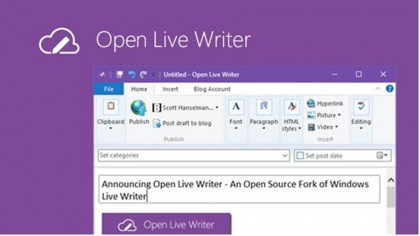
Microsoft has been getting more involved in open source for the last few years, from donating code to the Linux kernel in order to make Linux distros run better on Hyper-V, to open sourcing not just the core of .NET and the Visual Studio Code editor, but even the Chakra JavaScript engine that powers Internet Explorer and Edge.
And after lengthy negotiations by a group of developers at the company, Microsoft recently open sourced a fork of the code behind Windows Live Writer, the blogging tool, as Open Live Writer.
Microsoft's new openness to open source doesn't mean that it's going to stop being a commercial software company, or that it's going to give away the code for every product that's no longer in active development.
As Microsoft's Rob Dolin pointed out when announcing that Open Live Writer is a project at the .NET Foundation, Live Writer has been "well-loved but not actively developed" and it's always had a "passionate community behind it".
There are a number of other products that meet those same requirements that we'd like to see Microsoft open source – equally, there are some products that could do with the improvements that open source development can bring, although it's unlikely that Microsoft will open source anything as 'abandonware' just because it's no longer developing it.
On the other hand, there is some Microsoft software we might like to see go open source that's unlikely to ever make the transition; not everything is up for grabs.
So in this article, we're presenting you with 15 products that Redmond should open source, followed by five that we don't expect to ever see.
Are you a pro? Subscribe to our newsletter
Sign up to the TechRadar Pro newsletter to get all the top news, opinion, features and guidance your business needs to succeed!
Windows Media Player
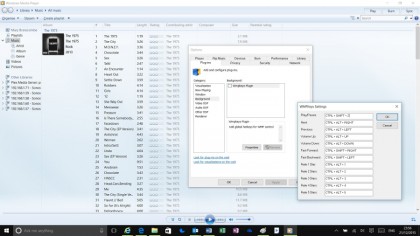
Microsoft's vintage media player software hasn't been updated in years, although it still ships with Windows. It has plenty of features that the Groove music player and the basic Film & TV video player in Windows 10 lack. In particular, it has a still-thriving skinning and plugin development community that adds extra features to the software (like keyboard shortcuts for controlling playback).
If Microsoft doesn't want to add anything new to Windows Media Player, it could turn it over to the open source community to keep improving. After all, someone just bought the venerable Winamp software so there's a market…
Flight Simulator

For 25 years, the various versions of Microsoft Flight Simulator let armchair pilots pull back on the throttle of the world's most popular planes and helicopters, but the last version came out in 2006, and in 2009 Microsoft shut down the ACES studio that produced it (a version was ported to Steam in 2014).
The far more basic Microsoft Flight game doesn't have the significant options in Flight Simulator for add-ons and customisation – you can customise the plane cockpit and even the flight dynamics engine, add scenery, new planes and even connect to virtual air traffic control networks.
Microsoft licenced Flight Simulator to Dovetail (creators of train and fishing simulators in 2014) and a new version might finally land in 2016. But if that's going to be another lightweight version, sites like FSDeveloper.com are signs of a thriving community that could take over development of the simulator and keep it aloft.
Windows Live Photo Gallery
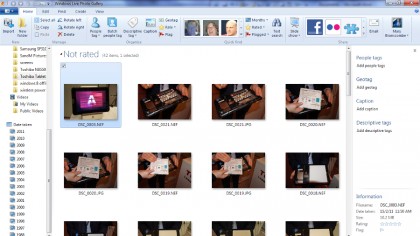
The team that built this excellent image management and editing software (along with Picture It and Digital Image before it) are working on the Photos app for Windows 10, but again, there's no sign of advanced features that Microsoft pioneered – like being able to cut photo-bombers out of your shots.
Photos doesn't yet have the geotagging, face tagging or panorama features of Photo Gallery, or the AutoCollage tool for making montages. Nearly all of these were developed by Microsoft Research and many of them are in the free and powerful (but complex) Image Composite Editor from Microsoft, while Photo Gallery withers on the branch. Open sourcing it could be an opportunity for the community to build on the excellent tagging tools.
MSN Messenger
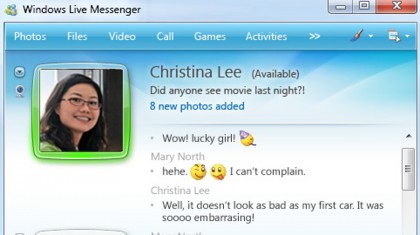
Long before WhatsApp or even Skype, there was Microsoft's Messenger – over the years it was MSN Messenger and then Windows Live Messenger, and it worked on Windows, Xbox, iOS, BlackBerry, Zune and Symbian phones.
After Microsoft bought Skype, it added interoperability with Skype messaging, and then turned off the Messenger service completely. The Microsoft Notification Protocol that Messenger uses to communicate hasn't been published and messages aren't encrypted.
But given that instant messages with Messenger were far more reliable than text messages through Skype, Microsoft could open source the Messenger client with the Skype connection and perhaps the open source community could turn it into a tool that would always show your latest messages.
Skype client
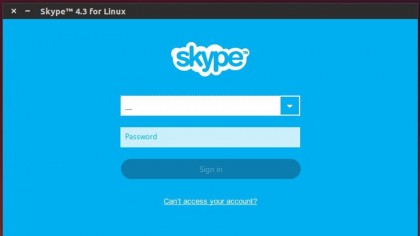
The WebRTC standard means that fairly soon you're going to be able to write a web page that lets you make Skype calls and send messages, so we might soon see third-party Skype apps that are really just web pages. It would be nice if Microsoft was to open source the standard Skype client at the same time.
Imagine a Skype app that also built in other messaging options – with an open source client to start with, developers could add all sorts of features. And the Linux community could probably update the Skype client to the 7.0 level of the Windows and Mac versions from the two-year-old 4.3 version which is all Linux users get, and lacks features like 64-bit support and screen sharing in group video chat.
Windows 10 touch keyboard
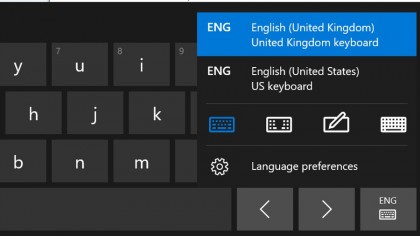
Back at the very first Build conference, Jensen Harris from the Windows team promised that the Windows 8 touch keyboard would offer more than the full, basic and split options the Microsoft team had developed. He said there would be a Dvorak touch keyboard, and that developers would be able to create their own keyboard layouts.
We'd like to see Microsoft deliver on that promise by opening up the Windows 10 touch keyboard, offering an open source keyboard layout to get developers started and letting us plug alternative keyboard layouts into Windows.
Notepad
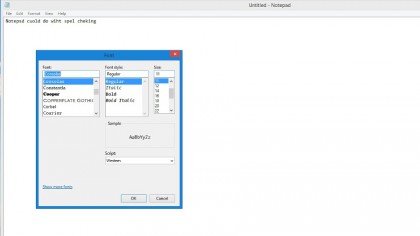
Need to open a random text file? You're very likely to end up in Notepad – which hasn't really changed since Windows Vista. There are several popular open source alternatives, the best known being Notepad++, but they tend to have powerful features designed for developers, often in a more complex interface.
If Microsoft open sourced Notepad, the community could add extra features like spell checking or support for the popular Markdown format, while keeping the 'barebones, can't get confused' interface.
WordPad
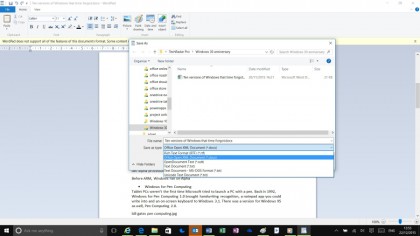
The new way to open Word applications without having Word is the Office Mobile Word app, but that's only free for viewing documents on your phone – unless you have an Office 365 subscription. You could open documents in Word Online, if you're online – or you could use WordPad, which like most of the Windows accessories hasn't been updated in some time.
If Microsoft open sourced WordPad, it would give people a reliable alternative for opening Word documents, and the community could extend it to other formats like ODF, the Open Document Format used by LibreOffice and OpenOffice.org.
OneDrive sync client
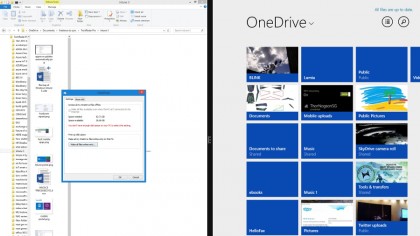
This is a pipedream rather than anything we can see Microsoft doing, but we'd love to see an open source OneDrive sync client. Windows 10 dropped the placeholder feature to let you see stubs for your online files and made it impossible to manage your OneDrive files through Explorer, leaving you with only the basic tools on the OneDrive website.
And while Microsoft has been concentrating on creating a unified client for OneDrive and OneDrive for Business, it's had no time to add new features to the OneDrive client (we won't even hear about the long-promised alternative to placeholders until some point in 2016).
For some users, OneDrive sync remains fragile and problematic on Windows, while Microsoft has already added features to the OneDrive client on iOS that Windows 10 Mobile users won't see for three to six months. Open sourcing the OneDrive client might be a way to get more features, more reliably, and faster. It would also let other operating systems integrate OneDrive.
FrontPage and Expression Web
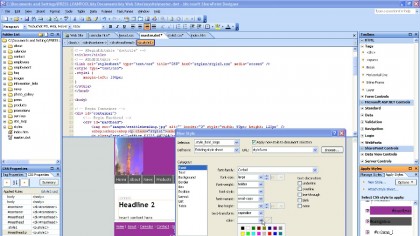
Over the years, FrontPage went from being an HTML editor for building your website to become a customisation tool for SharePoint, and the web editing features moved to Expression Web, which Microsoft stopped developing in 2011.
While HTML and CSS have moved on, these are still useful editors – if only someone could add support for newer web standards. Plus, Expression Web 4 includes outdated security advice, like using HTTP instead of FTP over SSL to get a more secure FTP connection. If nothing else, open sourcing the editor would let the community fix that kind of dangerous error.
PowerToys
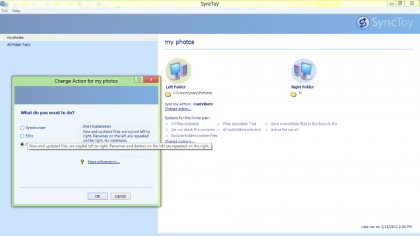
Over the years, Microsoft employees have created a huge variety of free tools to do everything from removing unwanted items from context menus to making your typing appear in whatever window you hover your mouse over.
Over the years many PowerToy features have moved into Windows (like virtual desktops, automatically changing desktop backgrounds, burning ISO images to DVD, mounting ISO images or opening a command prompt at the current folder from Explorer) but other tools like SyncToy remain useful – this lets you choose from lots of options for how you want to sync folders from one folder to another. It hasn't been updated since 2009, so it doesn't have options for syncing to cloud services.
If the original developers agreed, Microsoft could open source some of the most useful PowerToys to let the community extend them.
Windows Home Server
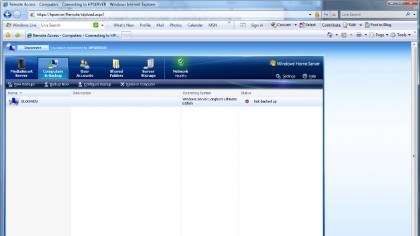
The OEMs who wanted to see Windows Home Server sold to businesses for higher prices pushed Microsoft into making it more complicated than the original, friendly system and the resulting compromise died off.
Microsoft isn't likely to open source a full Windows operating system, but the Drive Extender tool (which turned a bunch of mismatched drives of different sizes into a pool of storage that kept redundant copies of all your files automatically spread across multiple disks) and the backup software that automatically found all the PCs on your network and backed them up are both excellent candidates for open sourcing.
They were great tools that would still be useful; there's really nothing like them for home users.
Sketchflow
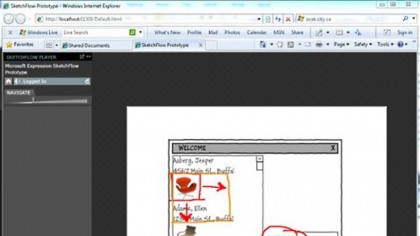
Microsoft used to have a fairly comprehensive set of tools for developers and designers to work together, bundled as Expression Studio, but that was dropped in 2012.
The Expression Blend tool for designing user interfaces became part of Visual Studio, although you can't use it for designing in HTML any more, just XAML for Windows apps. The Expression Design vector graphics editor is free, but hasn't been updated since 2012 and doesn't get official support – if there's a strong community of developers willing to invest in it, that could be a good candidate to open source.
But what Microsoft should prioritise is the excellent Sketchflow tool for sketching interfaces and making it completely clear that what you're seeing is a work in progress rather than an app you might expect to use. This was in the Visual Studio 2013 version of Blend but Microsoft abandoned it for Visual Studio 2015 and has refused to bring it back "in the foreseeable future".
With plenty of developers still wanting to use it for prototyping their apps, this would be an ideal tool for Microsoft to open source – the community could add templates showing the native look when you're designing apps on different platforms, and make it useful to far more developers.
Electron for universal apps
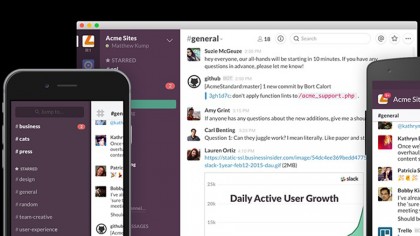
Recently, Slack said it wasn't working on a Windows 10 universal app because it still had to support Windows 7 and 8 users.
Microsoft could make it easier for companies like Slack – and others who use the Electron framework from GitHub to make cross-platform apps that run on Mac, Windows and Linux – to bring their software to the Windows Store by creating a fork that lets Electron apps run as universal apps using the Edge browser engine instead of Chromium (which Electron currently uses), once Node (which Electron also requires) runs on Chakra.
Microsoft's own open source Visual Code editor is built on Electron, so Microsoft developers are clearly familiar with it…
Visual C++
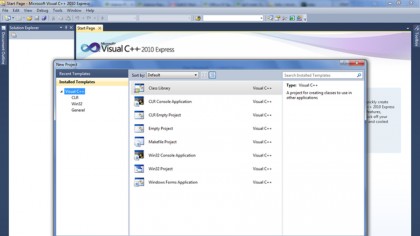
When Microsoft open sourced .NET, it also made its powerful Roslyn C# compiler open source, but like the majority of C++ compilers, Visual C++ isn't open source.
If you want to build a C# app to run on iOS, you can do that with open source tools that the community is deeply involved with building. If you want to build a C++ app to run on iOS you can still do that in Visual Studio Community (which is free for everything except enterprise development), but it's beginning to feel like an anomaly that Microsoft hasn't open sourced its C++ compiler.
The most likely reason is if there happens to be low-level code licenced from Intel or AMD to optimise code to run on their chips, which Microsoft obviously couldn't open source.
Microsoft Bob

This is our first entry of the five that you won't see open sourced by Redmond, to round things off.
Microsoft Bob came into being in the mid-1990s, and the idea was that it made for a more user-friendly interface for the versions of Windows around at the time (such as Windows 95). Bob expanded the idea of 'windows' into an entire 'house' you could navigate around with different rooms and items in them providing different functions – for example, clicking on a pad and pen on a desk would fire up the word processor.
It also featured more inanity such as a cartoon dog help assistant, but it was Redmond who clearly needed help after coming up with this concept. Critics were unsurprisingly quick to pelt the idea with flak.
Not only is this vintage software a running joke that comes up every time Microsoft shows a new interface, the code is so old it probably wouldn't run on any current PCs.
Microsoft Money and Accounting Express

The problem with old versions of money management software is that they'll have old tax rates and other outdated financial information, and Microsoft would have to spend time stripping that out.
However, many online banking sites still offer to download your statements in Money format. An open source version would let fans carry on using the software, but it would need a community agitating for it – and six years after Microsoft shuttered the product, it might be too late for that.
Visual Basic
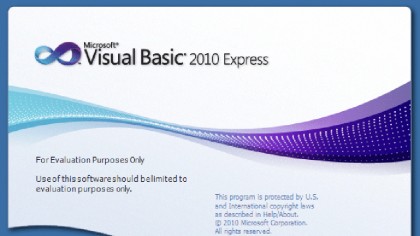
The Roslyn compiler handles the newer VB.NET version rather than the original Visual Basic dialect – and the request to open source VB6 has been turned down repeatedly by Microsoft, despite the enthusiasm of the developer community.
In 2014 the Visual Studio group product manager Paul Yuknewicz explained that: "VB6 is not just a language. VB6 is a language, a runtime, a platform library, a tool/IDE, and an ecosystem tightly packaged together in a way that made all of them work well together." He further added: "Even open sourcing the language/runtime wouldn't solve the fact that VB6 was thought for a different set of problems, and the fact that its strength came from the end-to-end solution provided by all these five pieces working together."
Windows Media Center
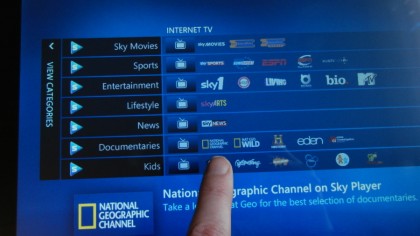
As soon as the news about Live Writer was announced, Windows Media Center fans started asking if their software could go open source too. It's only used by a small number of people (then-Windows head Steven Sinofsky famously pointed out that only 25% of the 6% of Windows users who even launch WMC run it for more than ten minutes), but beloved by those few users – at this year's shareholder meeting, one of them berated Satya Nadella for dropping the software.
He pointed them at Xbox but admitted "we understand that we did downgrade from having the Media Center functionality, but we're working on it."
The problem is that the feature most people want in Media Center is the DVR for recording from TV, and that means supporting encrypted content for TV services like CableCard and Sky TV – and while the encrypted TV services would work with Microsoft, they haven't supported any of the existing open source DVR tools.
There are parts of Media Center Microsoft could open source, but it's likely that a lot of the code would have to be removed to keep the entertainment industry happy. Plus there are already those other open source DVR projects, which means there's less incentive for Microsoft to consider open sourcing Media Center.
All of Internet Explorer
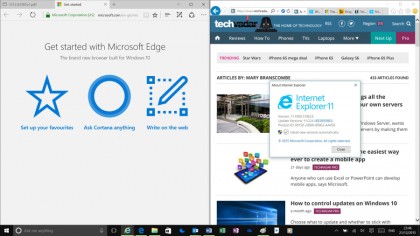
Microsoft is already open sourcing Chakra, the JavaScript engine inside IE and Edge. It's even possible that Microsoft could open source the Edge rendering engine, now that it's cut out all the proprietary code that was inside the Trident rendering engine (which was forked to create Edge), although we haven't seen any hints about that.
But Internet Explorer has a lot more code than this of course, some of it contributed by third parties like Intel and Adobe, and some of it licenced. Microsoft is keeping IE around for businesses that don't want to upgrade their web apps to work with Edge – if they don't want to rebuild their own web apps, it's unlikely that community would step up to work on open source IE development.
And Microsoft doesn't want to encourage IE to stick around, because the ActiveX and browser helper object plugin model it uses has inherent security issues. More pieces of Edge might well go open source, but open sourcing IE itself remains improbable.
Mary (Twitter, Google+, website) started her career at Future Publishing, saw the AOL meltdown first hand the first time around when she ran the AOL UK computing channel, and she's been a freelance tech writer for over a decade. She's used every version of Windows and Office released, and every smartphone too, but she's still looking for the perfect tablet. Yes, she really does have USB earrings.